Best Games to Play If You Love Baldur’s Gate 3
Baldur’s Gate 3 might be a massive game, but you’ll eventually run out of things to do in it. When that happens, these titles might scratch your RPG itch.
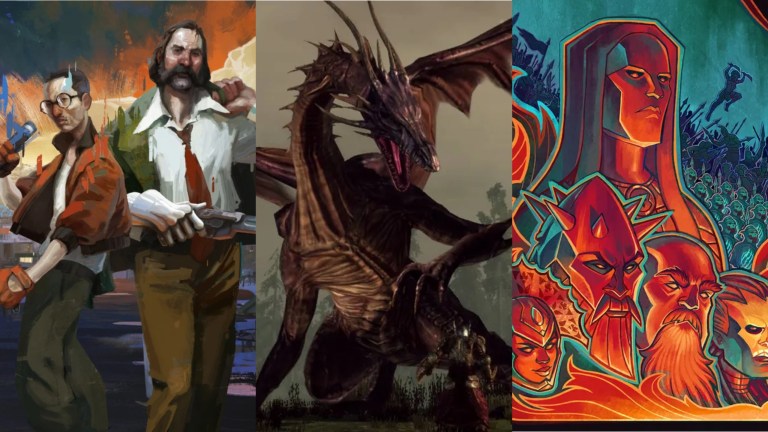
Given the overwhelming love that Baldur’s Gate 3 has received, it’s a foregone conclusion that the game will receive countless Game of the Year nominations and awards. It’s not hard to see why. The title pushes the boundaries of the CRPG genre forward with its staggering number of narrative routes, character customization options, and polished systems that let players create inventive solutions to almost every problem.
Plus, Baldur’s Gate 3 is technically an indie game, which makes its success even more impressive. However, all good things must come to an end. Despite the myriad of things to do in Baldur’s Gate 3, players will eventually have seen and done it all and will feel the urge to move on to other titles. But what if they still feel the siren call of RPGs? Then there are plenty of other games that will fulfill their needs, and here are probably the best ones on offer.
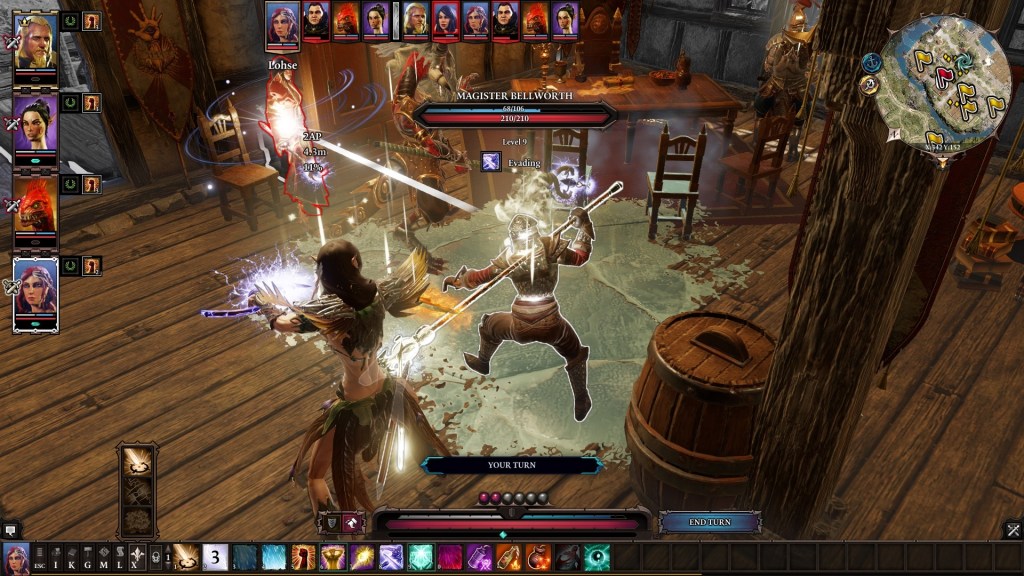
Divinity: Original Sin 2
Before Larian Studio announced it was developing Baldur’s Gate 3, the average gamer probably never heard of the company. Who were they, and why were they selected to create the game? Well, you just have to play their previous title to find out.
Divinity: Original Sin 2 is, at its core, Baldur’s Gate 3 in a different skin. To be more precise, it’s the other way around since Original Sin 2 came first, and Larian used its engine to produce Baldur’s Gate 3. Aside from aesthetic differences and a different setting, the games play more or less the same. Original Sin 2 sports the same robust character creation/customization system, a similarly polished story that evolves with player choices, and an identical focus on letting audiences create their own solutions to different problems. Baldur’s Gate 3’s systems aren’t a carbon copy of those found in Divinity: Original Sin 2, but if you loved one, you’ll love the other for the exact same reasons.
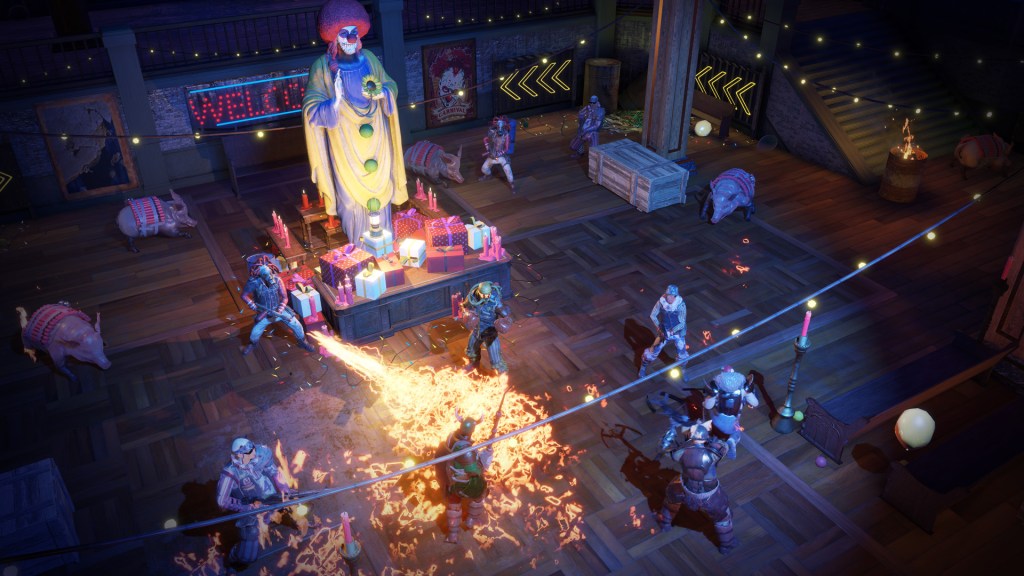
Wasteland 3
Before Fallout, Wasteland was the de-facto post-apocalyptic CRPG. But while Fallout eventually shifted from a CRPG to a plain RPG (not that there’s anything wrong with that), Wasteland never abandoned its turn-based routes.
In Wasteland 3, players have one goal: recruit the assistance of a warlord who controls the frozen Colorado wasteland. But how players go about doing it is up to them. What the game lacks in stakes it more than makes up for with some of the best-written characters and dialogue this side of the Rockies. Wasteland 3 is full of intrigue, fleshed-out protagonists and antagonists, and compelling story decisions that will keep players coming back for more. It also helps that the game expertly balances the bleak with the humorous. Where else can you find an AI version of Ronald Reagan and fuse it with the hive mind of a commune full of peaceful communist robots?
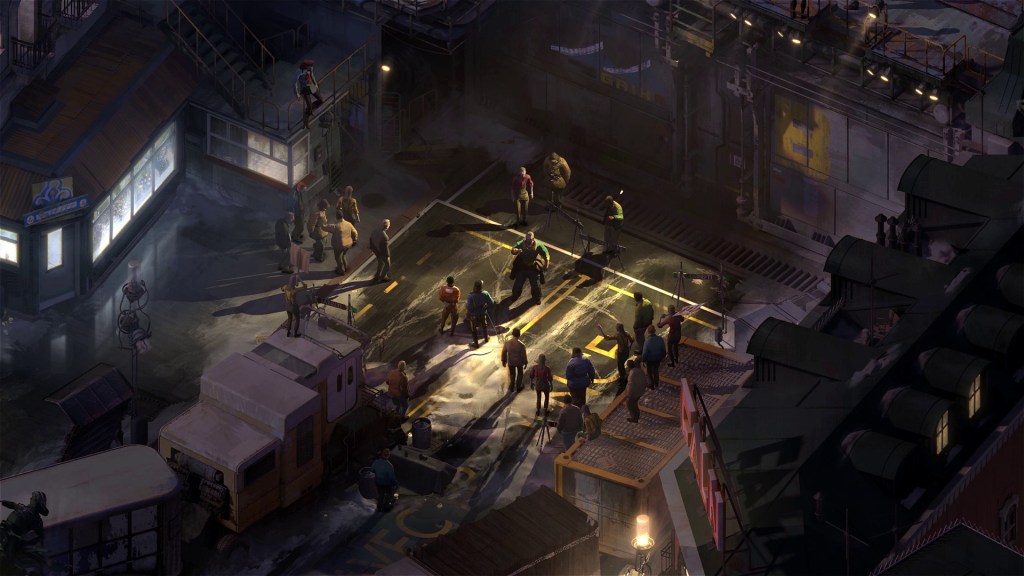
Disco Elysium
In most RPGs, stats are fairly binary. High stats are good and low stats are bad, especially when it comes to skill checks. In Baldur’s Gate 3, passing skill checks isn’t always a good thing, and vice versa. That is also true in Disco Elysium.
Unlike most CRPGs, though, Disco Elysium is almost entirely narrative-based. The game doesn’t have any combat. Instead, players take the role of an amnesiac detective trying to solve a murder, and they stumble their way through the narrative through skill checks and dialogue. As gamers progress through the story, the character evolves depending on their choices and skill checks (both the ones that they pass and fail). And while players might be tempted to min-max certain stats, Disco Elysium takes that into account and creates a system where investing too much into an ability can produce some unexpected and trippy side effects. All in all, Disco Elysium plays out like a beautiful drug trip where you can’t trust anything, which is the best way to experience a mystery.
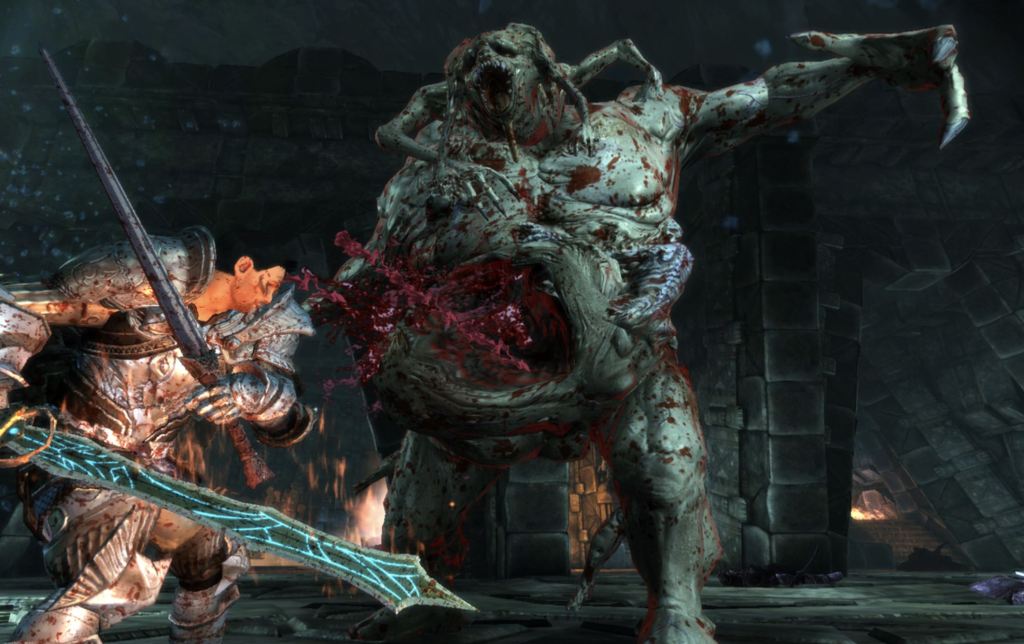
Dragon Age: Origins
BioWare got its start developing CRPGs. The company’s first critically acclaimed title was the legendary Baldur’s Gate, and for a time, the company primarily produced licensed RPGs. It wasn’t until Jade Empire that BioWare finally started creating entirely original worlds. After that game proved successful, the company decided to move forward by returning to its roots.
Dragon Age: Origins is essentially a spiritual successor to BioWare’s Neverwinter Nights and Baldur’s Gate games. The game sports amazing worldbuilding and is full of narrative choices that either help you in the long run or come back to bite you. Essentially, Dragon Age: Origins solidified the company’s specialty in crafting narratives that hinge on player decisions. The only major issue with the game is its PC version. As of writing, Dragon Age: Origins suffers from a memory leak, and if you play for too long, it will crash. However, that is a small price to pay for such a fantastic title that turned BioWare into an RPG juggernaut
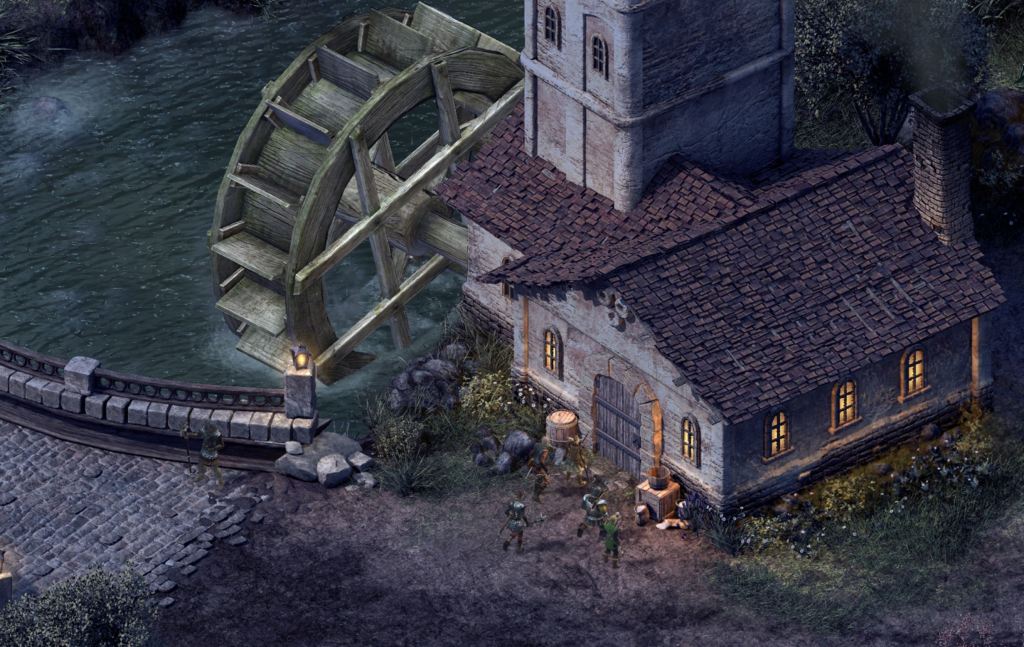
Pillars of Eternity
Obsidian Entertainment are arguably the masters of the RPG genre, but most of the studio’s early titles were entries in preexisting properties. Mind you, that’s hardly a complaint since some of its best work includes Star Wars: Knights of the Old Republic II and Fallout: New Vegas. Still, the company never got to truly flex its creative muscles until its developers worked on Obsidian’s first CRPG, Pillars of Eternity.
Pillars of Eternity was designed as a spiritual successor to games such as Icewind Dale and the original Baldur’s Gate, and those inspirations certainly show. Pillars of Eternity plays like a polished version of these titles. Battles are tactical and play out in real-time, but players can pause them whenever they like. The world is open and explorable, and it doesn’t hold players’ hands. Most importantly of all, Pillars of Eternity lets players go about their adventure any way they see fit and offers tons of narrative and character options that encourage replay after replay. Ultimately, Pillars of Eternity doesn’t try to do anything new, setting notwithstanding, but it provides a gripping experience that draws players in and keeps them yearning for more. Many gamers credit Pillars of Eternity with rekindling the game industry’s interest in CRPGs, and if true, we might have this title partially to thank for Baldur’s Gate 3.
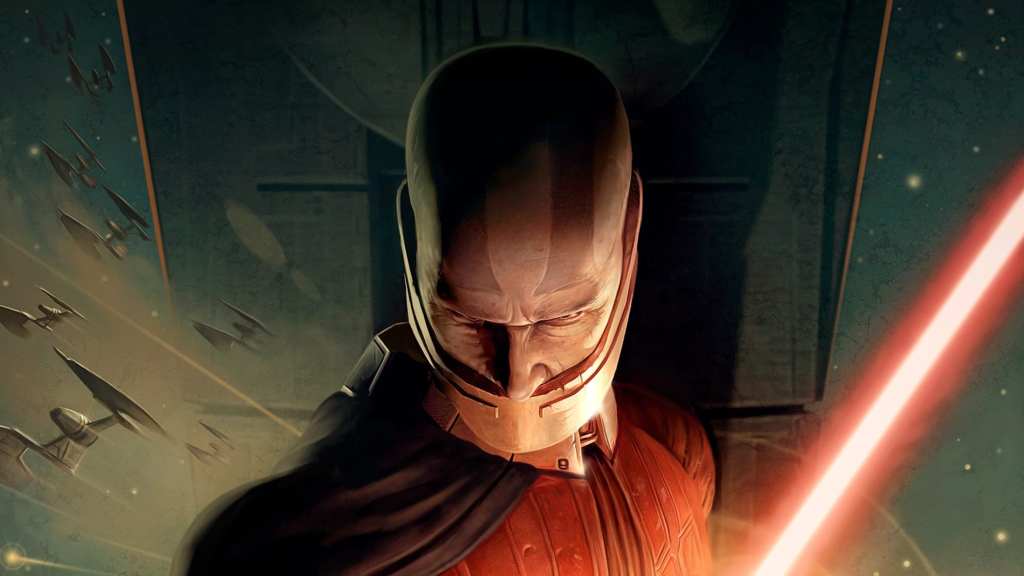
Star Wars: Knights of the Old Republic
While BioWare spent its earlier years creating licensed fantasy games, the company still set the bar for storytelling with almost every title. BioWare continued to measure up to this metric when produced its first sci-fi RPG, Star Wars: Knights of the Old Republic.
KOTOR is considered one of the best Star Wars games ever made for a good reason. The game explored a time period not yet explored in other Star Wars media of the time: a time long before the “a long time ago” of the movies and novels. BioWare crafted a galaxy filled with memorable characters and missions, and while the combat is showing its age, the plot twist is widely regarded as one of the best in video games, if not the best in Star Wars canon. BioWare truly captured the essence and mystique of Star Wars with Star Wars: Knights of the Old Republic.
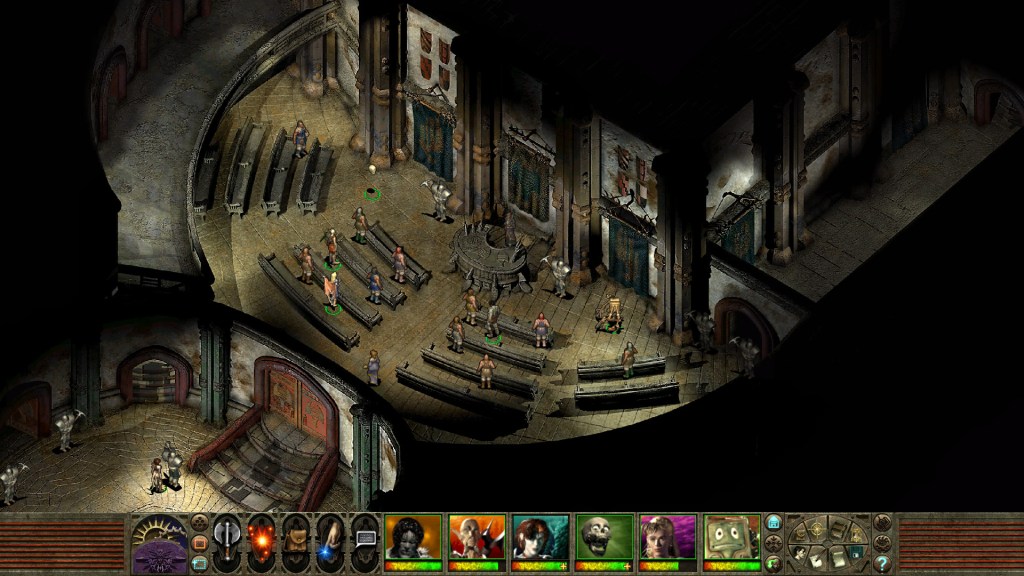
Planescape: Torment
Before Bethesda developed Fallout games, the franchise belonged to Black Isle Studios, the company created some fairly legendary CRPGs and even started work on its own Baldur’s Gate 3 before the game was canceled. But if you’re looking for the company’s magnum opus, search no further than Planescape: Torment.
To call Planescape: Torment CRPG royalty would be an understatement. The game is a wonderfully morbid exploration of the obscure Dungeons & Dragons setting of Planescape, and, more importantly, human nature and what can change it. The characters players meet and recruit on their journey are the most twisted and well-written in video game history, and the same can be said for the story. There’s nothing out there quite like Planescape: Torment. Even when inXile Entertainment developed a spiritual successor in the form of Torment: Tides of Numenara, that game fell short of Planescape’s majesty. That is less a statement about Numenara’s quality and more of Planescape’s perfection.

Tyranny
Many video games feature a plot where the protagonist is trying to overcome a villainous antagonist. It’s a classic trope for a reason, but how many games revolve around a plot where evil has already won? Truthfully, there aren’t many, but Tyranny is one of the better ones.
Tyranny is the story of an arbiter sent into a freshly conquered land to spread its new overlord’s order, but how one goes about that is up to them. Players are supposed to enforce the evil conquerer’s new laws, but should they focus on the wording or the spirit? Tyranny plays out like a compelling crime/courtroom drama but with more infighting, magic, and werewolves. Also, Tyranny boasts a novel and in-depth spell-crafting system that lets players string together sigils to create spells, alter their effects, and everything in between. One of these systems alone would make Tyranny highly replayable, but both in the same game? Even the most avid CRPG fans will be busy for months.
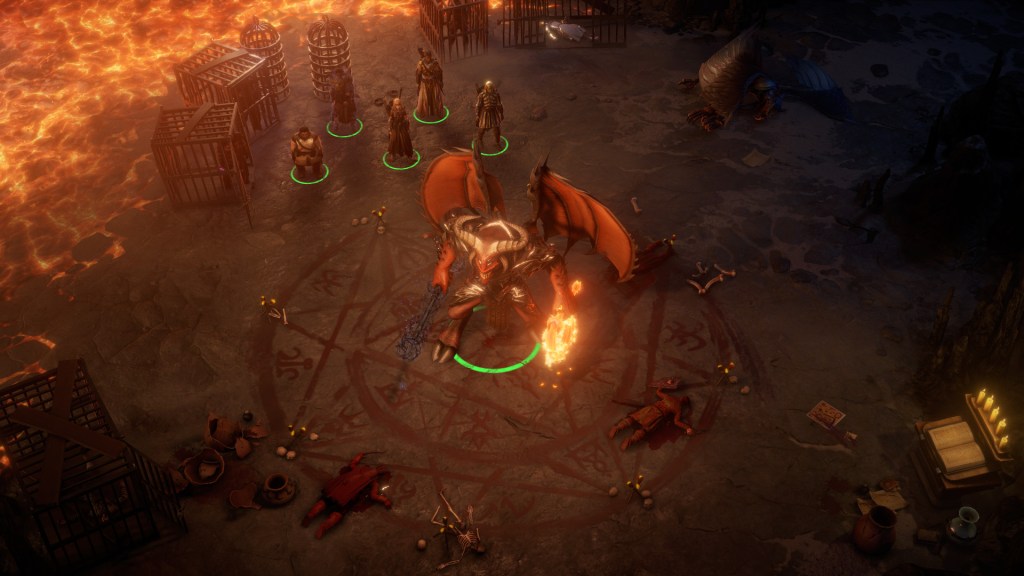
Pathfinder: Wrath of the Righteous
Baldur’s Gate 3 is based on the fifth edition of Dungeons & Dragons, which is the most popular tabletop RPG out there, but not the only one. Pathfinder comes in at a close second, not surprising since it was developed by Paizo Publishing, which published D&D from 2002 to 2007. While D&D video games receive more attention, Pathfinder video games are no slouches.
Like Baldur’s Gate 3, Pathfinder: Wrath of the Righteous brings everything audiences love about its tabletop RPG source material and transcribes it into a video game. In fact, Wrath of the Righteous is, for all intents and purposes, a fantastic game for many of the same reasons as Baldur’s Gate 3. The game has a robust story that players can alter with near-bottomless choices, and Wrath of the Righteous is almost drowning in character creation and customization options. The number of options the offers even occasionally put Baldur’s Gate 3 to shame. Why settle for a wolf or boar companion when you can recruit a triceratops or velociraptor? Add in crusade and city management systems, and Pathfinder: Wrath of the Righteous is a micromanager’s dream. And even if you aren’t into those two aspects, you can always put them on auto and enjoy the rest of the game for all the same reason you enjoy Baldur’s Gate 3.
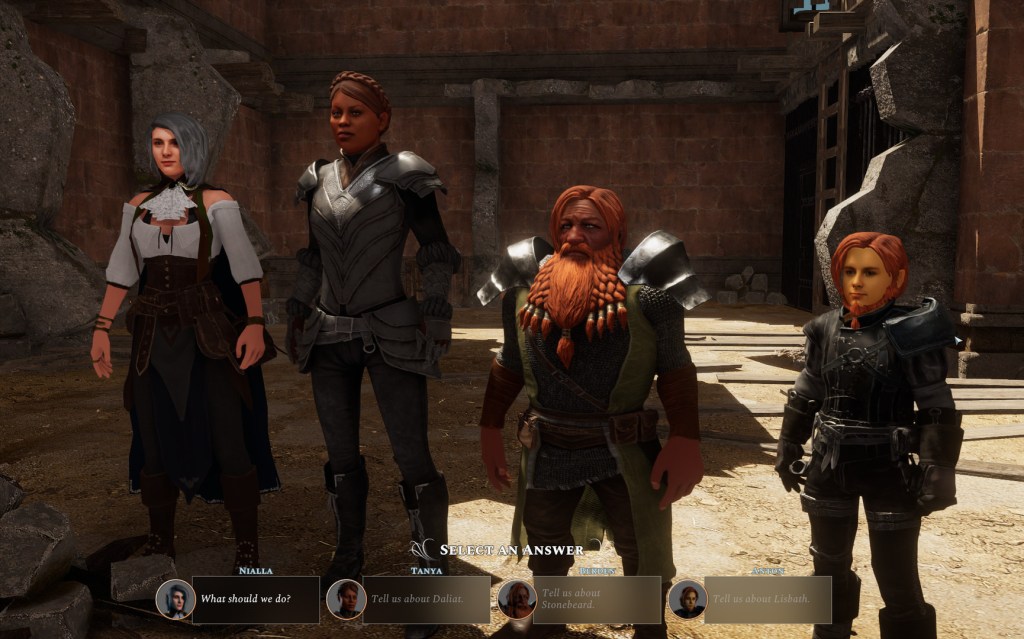
Solasta: Crown of the Magister
One of Baldur’s Gate 3’s selling points is how accurately it translates the Dungeons & Dragons 5E ruleset into video game form. To be fair, the game does an excellent job, even if it takes some creative liberties, but it was far from the first CRPG to boast that claim.
Solasta: Crown of the Magister is an indie RPG that takes place in the land of Solasta. The story isn’t important (or very well-written) but unlike most CRPGs, that isn’t the focus of Solasta. If you play this game, it’s for the tactical combat and the fantastic melding of D&D rules and homebrew content. In fact, many mechanics that Baldur’s Gate 3 “added” to the D&D formula, such as attacking from high ground to improve the chances of landing a hit, showed up in Solasta first. What Solasta: Crown of the Magister lacks in story it more than makes up for in its flawless translation and use of Dungeons & Dragons 5E rules. Just one warning: If you want to play as a Tiefling bard or a Half-Orc barbarian, you’re going to need to buy DLC.
